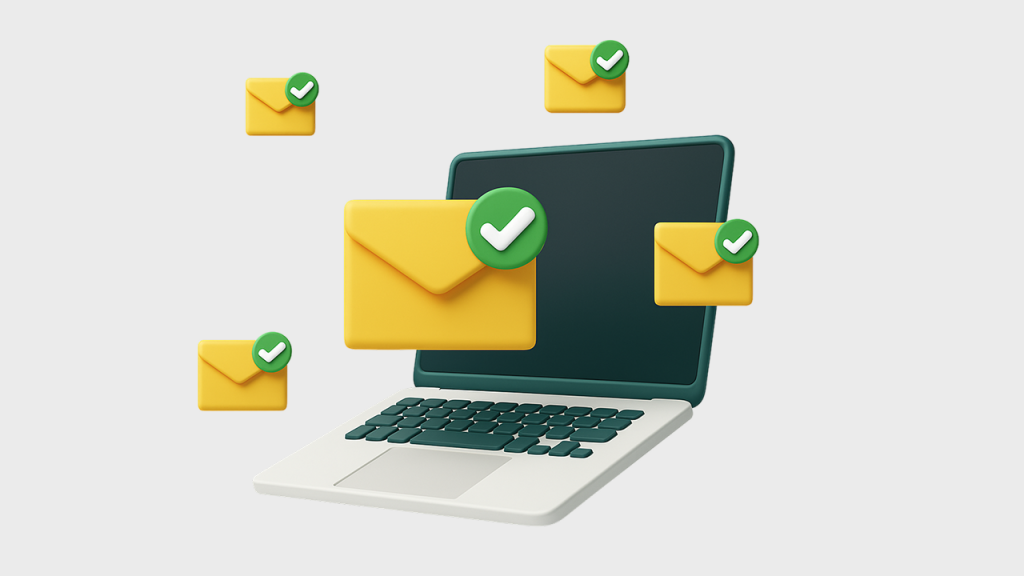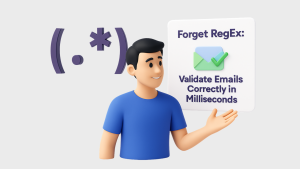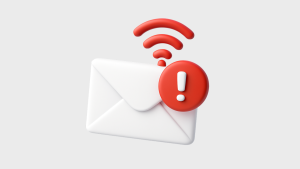- Understand the Basics of Email Validation
- Implement Real-Time Email Validation
- Clean and Maintain Your Email List
- Leverage Advanced Validation Techniques
- Ensure Compliance with Data Protection Regulations
- Integrate Email Validation with CRM and Marketing Platforms
- Monitor and Analyze Email Validation Metrics
- Stay Updated with Industry Trends and Tools
- Train Your Team on Best Practices
- Invest in High-Quality Email Validation Tools
Email validation best practices play a pivotal role in ensuring your messages reach the right inboxes and generate the desired impact. Email validation is not just a technical process; it’s a strategic necessity that can profoundly impact your business’s success. As we approach 2024, it’s crucial to stay ahead of the curve and adopt the best practices for email validation.

In this ultimate guide, we’ll explore the key strategies and tools you need to ensure your email campaigns are effective, compliant, and optimized for success.
Understand the Basics of Email Validation
Before diving into advanced techniques, it’s essential to grasp the fundamentals of email validation. At its core, email validation involves verifying that email addresses are correctly formatted, active, and capable of receiving messages. This includes checking syntax, domain validity, and mailbox existence.
Key Elements:
- Syntax Check: Ensures the email address follows standard format rules (e.g., user@example.com).
- Domain Check: Verifies that the domain exists and is configured to receive emails (MX records).
- Mailbox Verification: Confirms that the mailbox is active and capable of receiving messages.
Implement Real-Time Email Validation
In 2024, real-time email validation is more crucial than ever. This technique involves verifying email addresses as they are entered into your system, preventing invalid addresses from being added to your list.
Benefits:
- Immediate Error Detection: Identify and correct errors before they enter your database.
- Enhanced User Experience: Prevent users from submitting incorrect email addresses.
Best Practices:
- Integrate Validation Tools: Use APIs that offer real-time validation during form submission.
- Provide Immediate Feedback: Notify users of invalid email addresses in real-time to improve data accuracy.
Clean and Maintain Your Email List
An email list can become outdated quickly as users change addresses or become inactive. Regular list cleaning is essential to maintaining high deliverability rates and engagement.
Best Practices:
- Scheduled Cleanups: Perform regular audits of your email list to remove inactive or invalid addresses.
- Automated Solutions: Use automated tools to regularly validate and update your list.
Techniques:
- Engagement Tracking: Identify and remove addresses with low engagement.
- Bounce Management: Regularly review bounce reports and address issues promptly.
Leverage Advanced Validation Techniques
Beyond basic validation, advanced techniques can provide deeper insights and improve list quality.
Advanced Techniques:
- Syntax and Formatting Checks: Use more comprehensive rules to catch less obvious errors.
- Role-Based Email Filtering: Detect and exclude role-based email addresses (e.g., info@company.com) that may not be suitable for targeted campaigns.
- Disposable Email Address Detection: Filter out temporary email addresses created for short-term use.
Ensure Compliance with Data Protection Regulations
Data protection regulations like GDPR and CAN-SPAM require that email lists are accurate and compliant. Ensuring your email validation practices align with these regulations is crucial for avoiding legal issues and maintaining customer trust.
Compliance Tips:
- Obtain Explicit Consent: Ensure you have permission to email individuals and provide clear opt-in and opt-out options.
- Maintain Accurate Records: Keep records of consent and validation checks to demonstrate compliance.
Integrate Email Validation with CRM and Marketing Platforms
To maximize the effectiveness of your email validation efforts, integrate your validation processes with your Customer Relationship Management (CRM) and marketing platforms. This ensures that your email list remains synchronized and accurate across all systems.
Integration Benefits:
- Unified Data Management: Maintain a single source of truth for your email list.
- Streamlined Campaign Management: Ensure that all marketing tools work with validated and accurate data.
Monitor and Analyze Email Validation Metrics
Regularly monitoring and analyzing email validation metrics can help you understand the effectiveness of your validation efforts and identify areas for improvement.
Key Metrics:
- Bounce Rates: Track the percentage of emails that bounce and investigate the causes.
- Deliverability Rates: Monitor the percentage of emails that successfully reach the inbox.
- Engagement Metrics: Analyze open rates, click-through rates, and other engagement indicators.
Stay Updated with Industry Trends and Tools
The field of email validation is continually evolving with new technologies and best practices. Stay informed about the latest trends and tools to keep your validation processes up-to-date and effective.
Tips for Staying Updated:
- Follow Industry Blogs and News: Keep up with developments in email validation and marketing.
- Attend Webinars and Conferences: Participate in industry events to learn about new tools and techniques.
Train Your Team on Best Practices
Ensure that your team is well-versed in email validation best practices and understands the importance of maintaining a clean and accurate email list.
Training Tips:
- Provide Regular Updates: Keep your team informed about changes in validation processes and regulations.
- Offer Hands-On Training: Conduct workshops or training sessions to demonstrate effective validation techniques and tools.
Invest in High-Quality Email Validation Tools
Choosing the right email validation tools is critical for ensuring accuracy and efficiency. Look for tools that offer comprehensive features, real-time validation, and integration capabilities.
Features to Look For
The features to look for include:
- Real-Time Verification: Ensure the tool provides real-time validation during form submission.
- Advanced Filtering: Choose tools that can detect disposable, role-based, and invalid email addresses.
- Integration Options: Look for tools that can integrate with your existing CRM and marketing platforms.
One standout solution in the email validation space is Gamalogic. This powerful tool offers a comprehensive suite of features that align with the best practices outlined in this guide. Gamalogic provides real-time email validation, ensuring that invalid emails are caught at the point of entry. Its advanced filtering capabilities can detect and flag disposable email addresses, role-based emails, and other high-risk addresses that could impact your deliverability rates.
What sets Gamalogic apart is its seamless integration with various CRM and marketing platforms, making it easy to incorporate into your existing workflow. The tool also offers detailed analytics and reporting, allowing you to monitor your email list health and validation metrics effectively.
By leveraging a tool like Gamalogic, businesses can streamline their email validation processes, improve deliverability rates, and ensure compliance with data protection regulations. As we move into 2024, investing in robust email validation solutions like Gamalogic will be crucial for maintaining a clean, engaged, and high-performing email list.
You might also like

Forget RegEx: Validate Emails Correctly in Milliseconds
Still using RegEx to validate emails? It’s time to move on. While regular expressions may catch formatting issues, they miss the bigger picture—like whether the email actually exists. In this post, we’ll show you smarter, faster ways to validate emails in milliseconds without relying on outdated RegEx patterns.

How to Use Gamalogic Bulk Email Validator – Step-by-Step Guide
Learn how to validate large email lists instantly using the Gamalogic Bulk Email Validator. Step-by-step guide for CSV, Excel, or TXT uploads, plus tips, results, and API integration.






 No credit card required
No credit card required



Post your Comment.